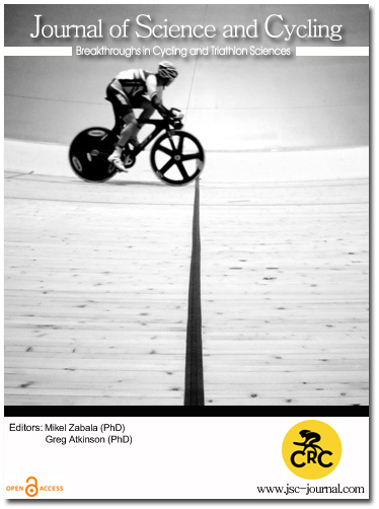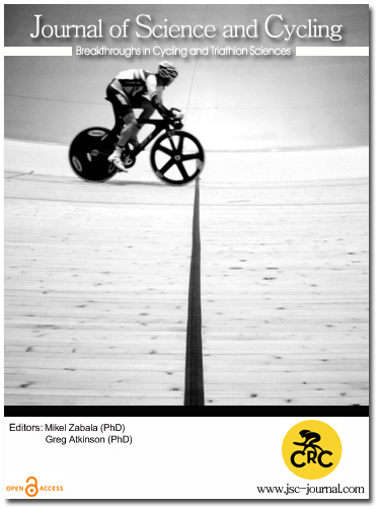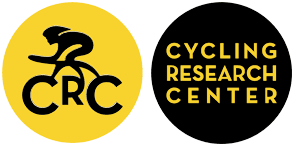Recovery strategies for cycling and mountain biking athletes after a fatigue protocol: A randomized crossover controlled trial
DOI:
https://doi.org/10.28985/1425.jsc.03Keywords:
Recovery, Fatigue, Cyclists, Massage guns, Static stretchingAbstract
Muscle recovery in athletes has been a progressively investigated topic and there has been growing concern about it. Due to more and more dense race calendars, using the best recovery method between training and events is crucial to the athlete's performance. The massage gun is an instrument that is becoming increasingly popular. Research has followed this growth trend, however the available information is still scarce with the need to explore the topic for different protocols and populations, namely in the cycling community. Therefore, the study aimed to evaluate the effects of a massage gun protocol and a static stretching protocol on fatigue parameters in experienced road cycling and mountain biking athletes. Sixteen cyclists performed two fatigue in-session protocols in which two random experimental recovery protocols (massage guns and static stretching), were applied between the fatigue protocols. Data relating to Heart rate, Power, Lactate concentration, VO2max, and Rate of perceived exertion were collected in four moments (M1 - baseline; M2 - after fatigue protocol; M3 - after the recovery protocol; M4 - after a second fatigue protocol). The athletes repeated the tests two weeks apart performing the other recovery protocol. From the collected data, it was found that the use of the massage gun and static stretching protocols causes positive effects in fatigue-related outcomes (Lactate concentration and Rate of perceived exertion). However, no statistically significant differences were found between the groups (p > 0.05). Therefore, although massage guns could be an effective instrument in decreasing fatigue related outcomes, they are not superior to others more commonly used and established recovery methods, such as static stretching.
Downloads
Published
How to Cite
Issue
Section
Copyright (c) 2025 Journal of Science and Cycling

This work is licensed under a Creative Commons Attribution-NonCommercial-NoDerivatives 4.0 International License.
Authors contributing to Journal of Science and Cycling agree to publish their articles under a Creative Commons CC BY-NC-ND license, allowing third parties to copy and redistribute the material in any medium or format, and to remix, transform, and build upon the material, for any purpose, even commercially, under the condition that appropriate credit is given, that a link to the license is provided, and that you indicate if changes were made. You may do so in any reasonable manner, but not in any way that suggests the licensor endorses you or your use.
Authors retain copyright of their work, with first publication rights granted to Cycling Research Center.







